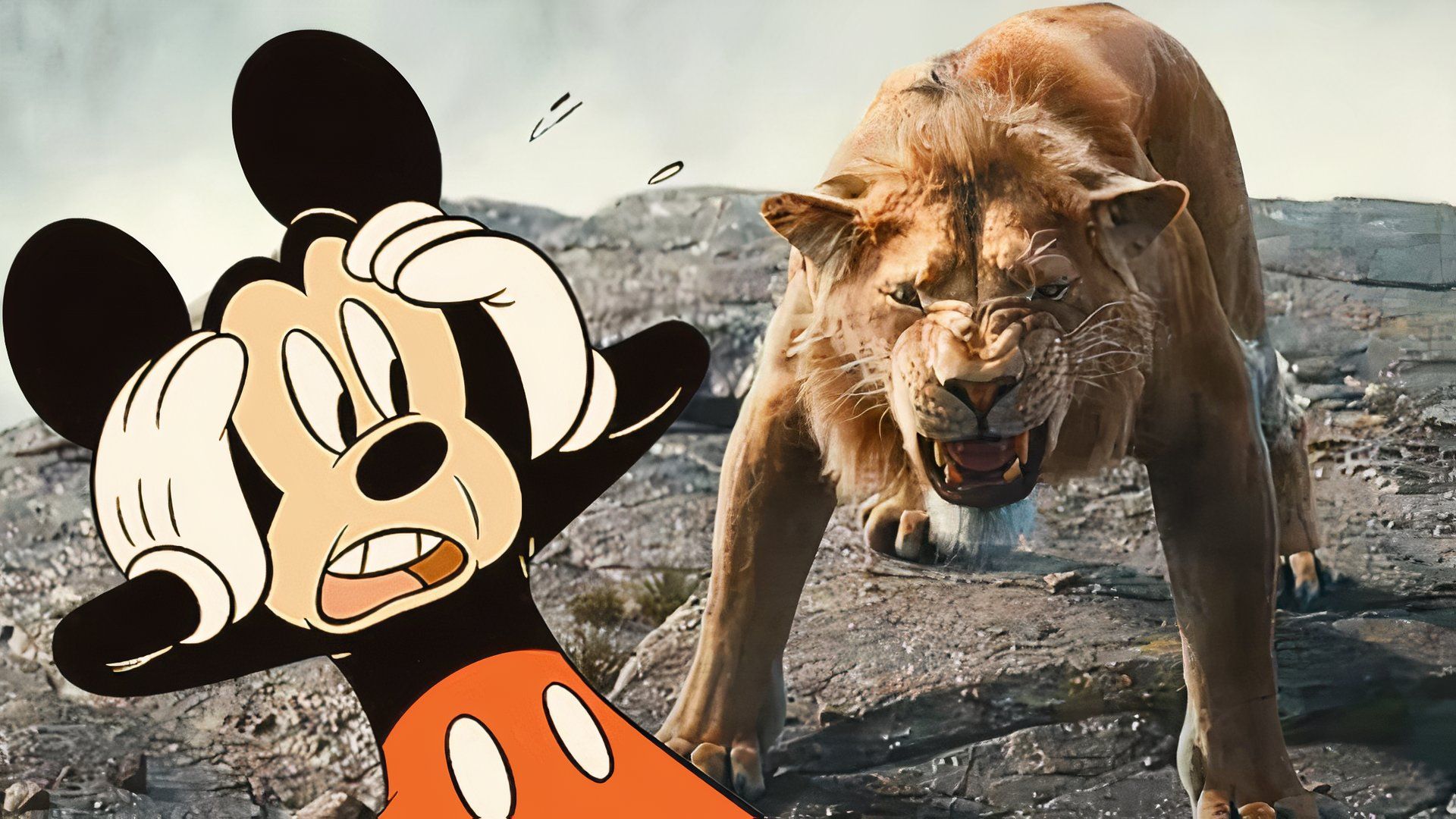
As a lifelong admirer of Disney and a film enthusiast who has witnessed the evolution of this magical empire, I find myself both enchanted and saddened by the current state of Disney’s storytelling. Growing up, the magic of Disney was not just about the fairy tales, but about the dreams that Walt Disney weaved into every film, every park, and every piece of merchandise.
From its establishment in 1923, the Walt Disney Corporation has grown into a globally recognized and influential media empire. The diverse portfolio of Walt Disney Entertainment encompasses its renowned animation studio, an expansive network of resorts and theme parks worldwide, and subsidiaries such as Pixar, Marvel Entertainment, and Lucasfilm. However, for many fans, Disney’s films seem to deviate from the quality that once defined The Walt Disney Company. This perception is largely attributed to the entertainment conglomerate diverging from its founder’s initial vision and creative principles.
Walt Disney Favored Originality and Innovation
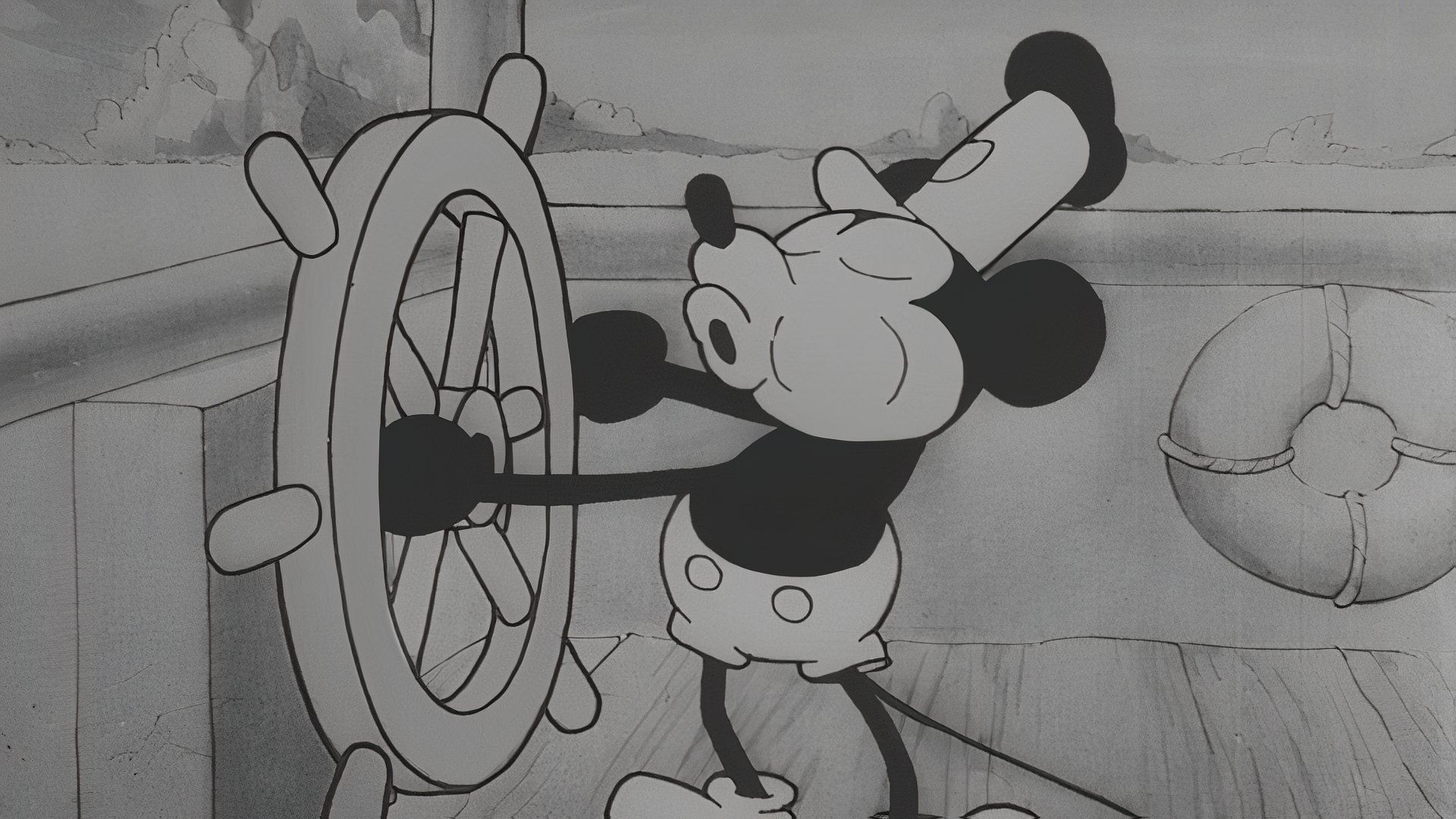
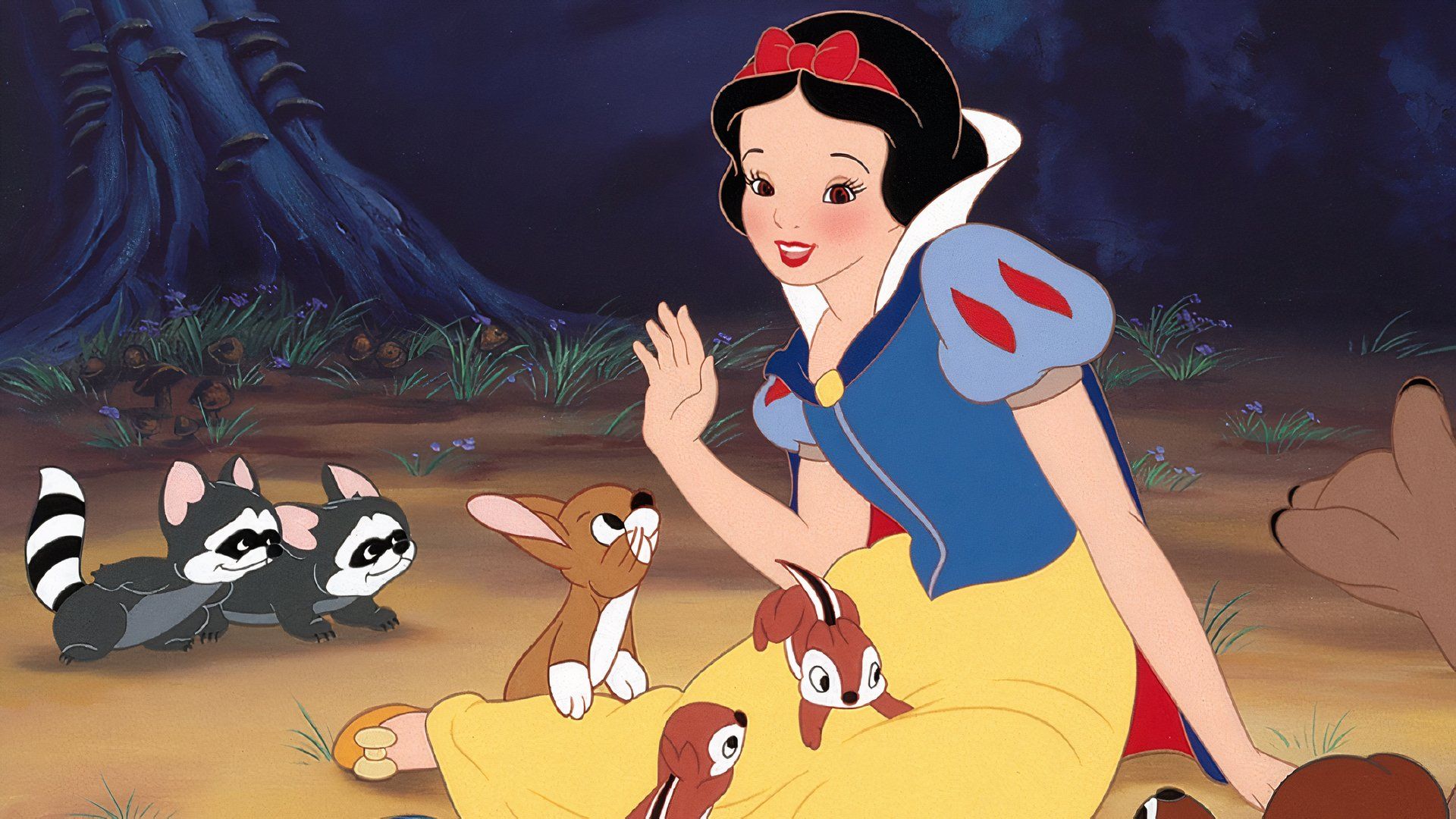

Regardless of your opinions on Walt Disney, there’s no argument that he was a pioneer and a creative powerhouse. His focus was consistently on generating fresh concepts and narratives. Even when the underlying idea wasn’t new (such as the fairy tales he transformed for film), Disney would find an unusual way to present those stories. It wasn’t merely the films he created, but how Disney crafted those films that set him apart. He and his team were constantly inventing groundbreaking techniques that many in the 21st century can scarcely conceive.
During the 1920s, animations didn’t have sounds that matched their movements. Since everything was hand-drawn and sound technology was still fairly new, it seemed challenging to create an animation where the images perfectly synchronized with sound. Disney’s 1928 short film, “Steamboat Willie,” is considered one of the first fully synchronized sound cartoons. It’s also well-known as Mickey Mouse’s public introduction, a character who would later become a major success and significantly boost Walt’s company’s growth.
“Disney’s Folly” Proves Naysayers Wrong
In those days, animation was mainly showcased in brief movies such as Steamboat Willie. It wasn’t considered a serious art form and was primarily used for humor. When Walt declared he would create the first full-length, traditionally animated feature film titled Snow White and the Seven Dwarfs, people laughed it off. They mockingly referred to it as Disney’s mistake, particularly when word got out about the movie’s continuous setbacks and inflated costs.
Ultimately, “Snow White” turned out to be an enormous success. It demonstrated that animation could be both profound and profitable in cinema production. Consequently, due to Disney’s initial investment, animation has become a standard element in Hollywood, while other traditional genres such as musicals have experienced a significant decline.
Disney’s cinematic enchantment doesn’t cease at the instances shown. For instance, “Fantasia” stands out as an innovative, experimental concert film featuring eight animated sections synchronized with classical music pieces. The sound system employed for “Fantasia” paved the way for today’s surround sound technology. Moreover, Disney and his animators pioneered a fresh filmmaking method in “Pinocchio” – the multiplane technique – which utilized multiple layers of animation to create an illusion of depth. Throughout the years, Disney’s studio churned out numerous films, with “Mary Poppins” being a notable one, that combined live-action and animation. Intriguingly, Disney had already dabbled in this blending technique even before creating “Steamboat Willie.
Only One Sequel Was Produced While Walt Disney Was Alive
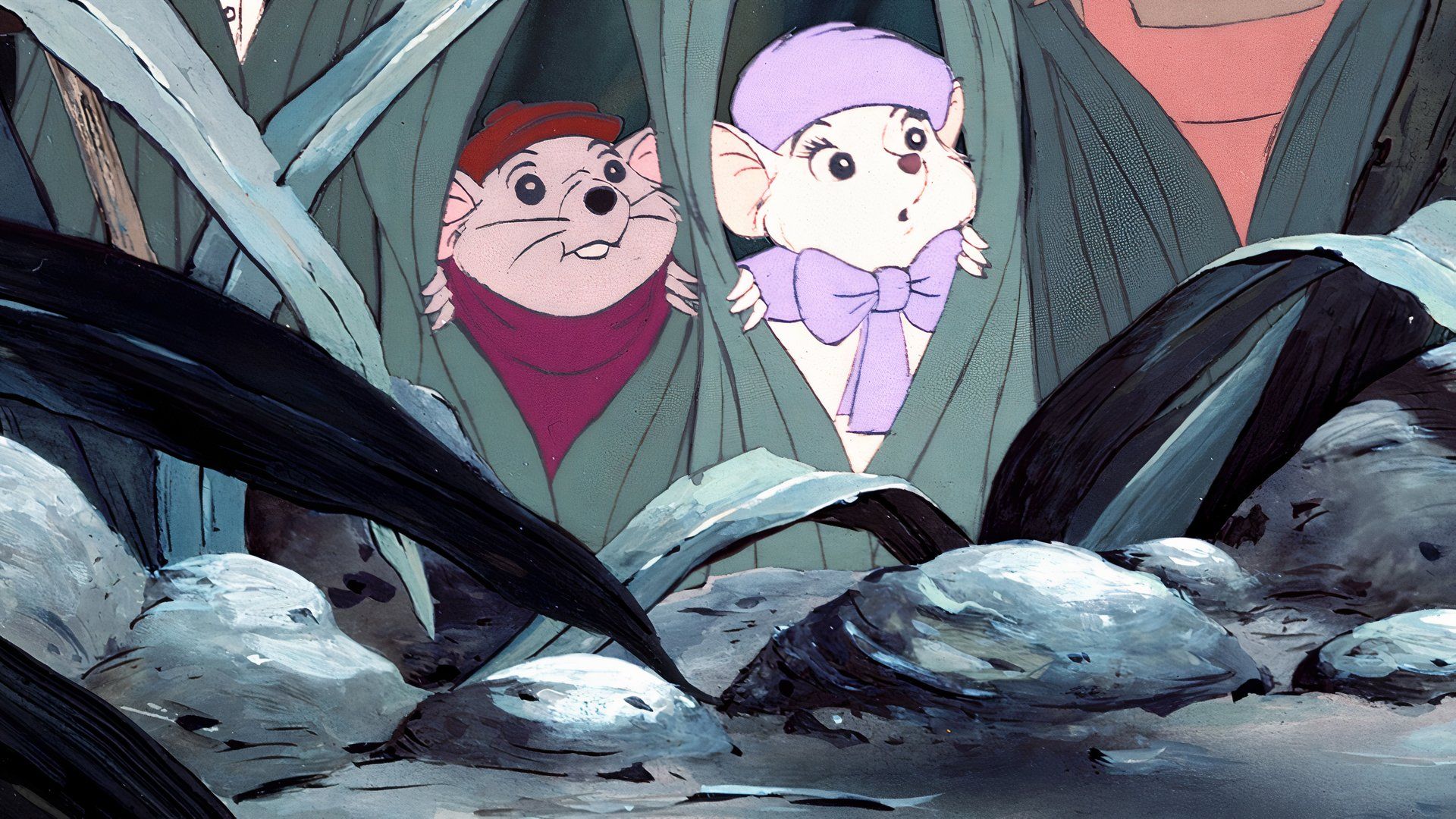
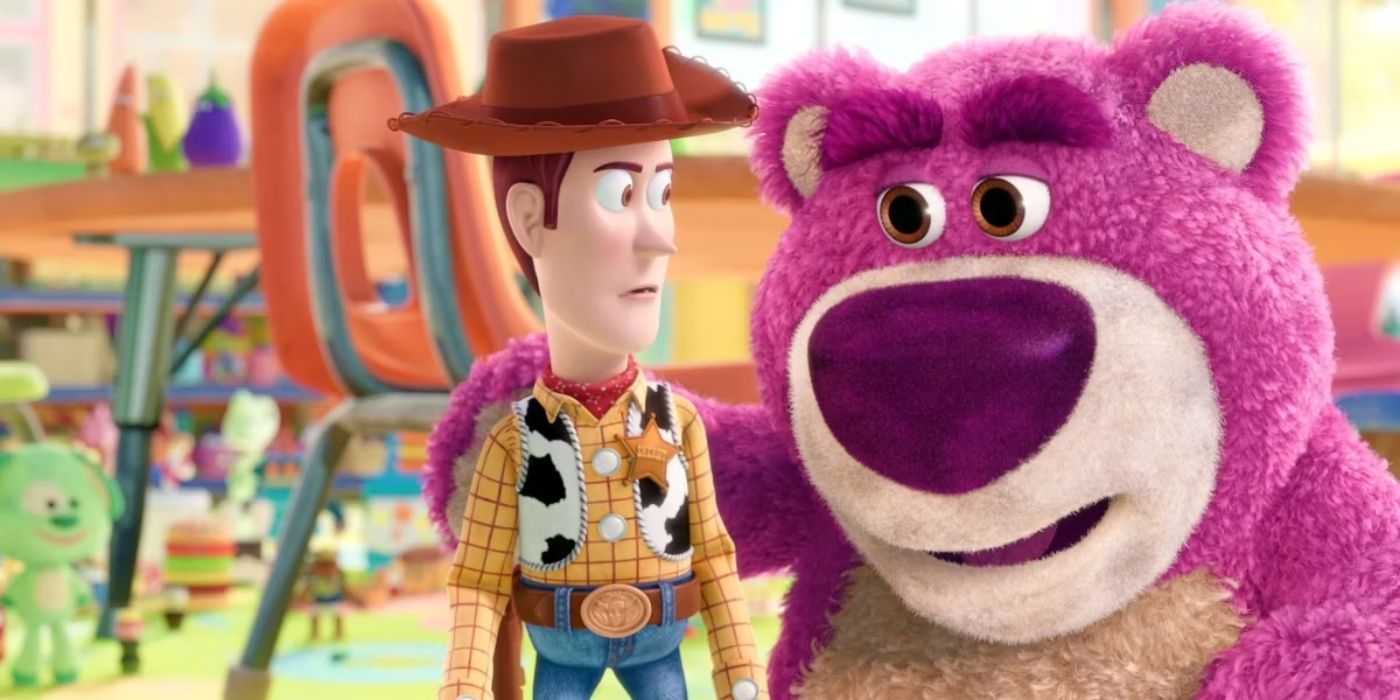
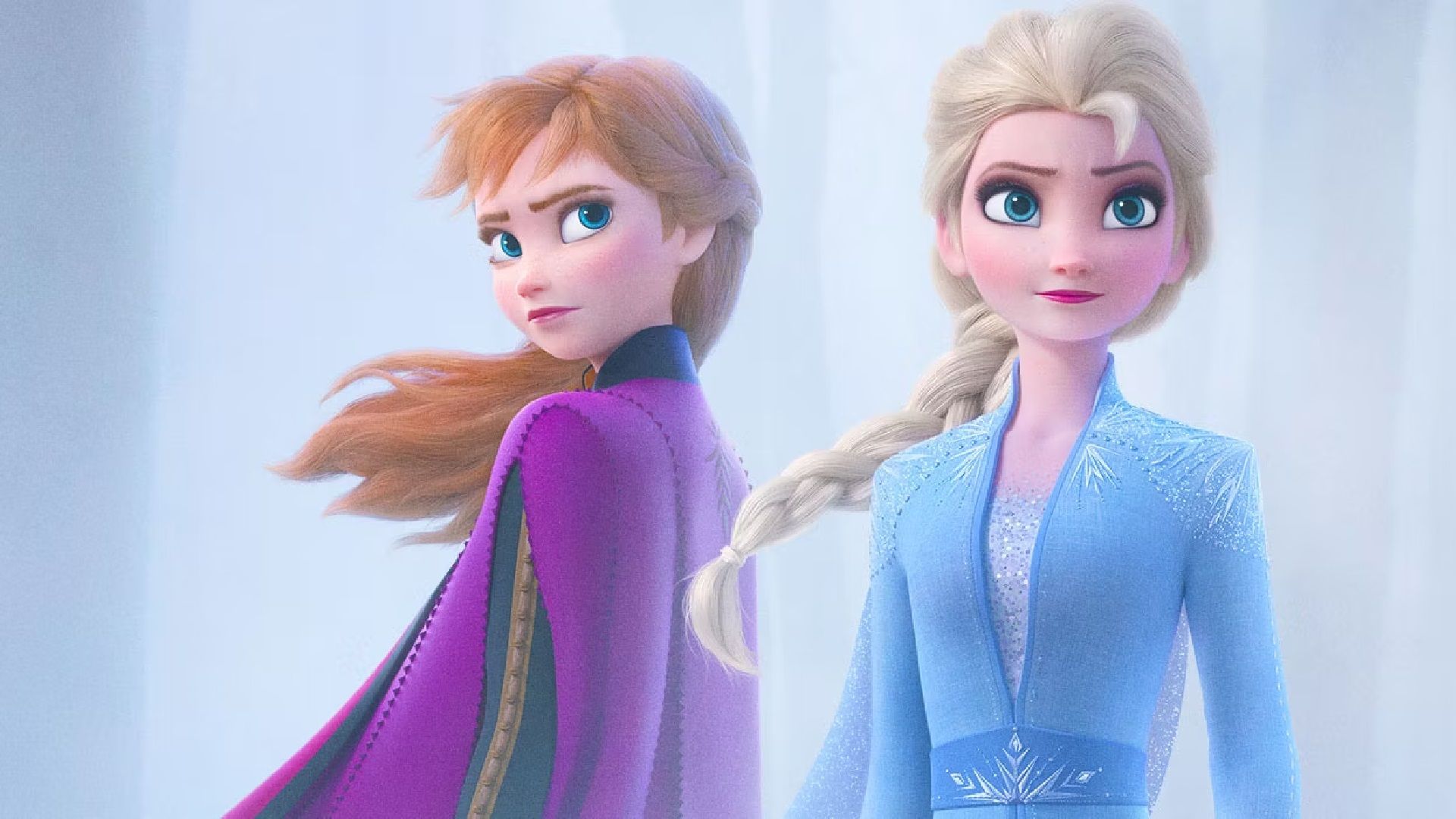
For approximately three decades between 1937 and 1966, Walt Disney’s film studio only produced one live-action theatrical sequel (The Son of Flubber, a follow-up to The Absent-Minded Professor) and no animated sequels. This was due to Walt Disney’s philosophy as a “born experimenter.” He valued originality and creativity over retelling stories. Consequently, his studio adhered to this mindset even after his death. It wasn’t until 1990 that they released their first theatrically animated sequel, The Rescuers Down Under.
Sequels and Remakes Are Most of What Disney Produces Now
Currently, it’s rare to find original titles in Disney movies. Instead, they primarily produce remakes and sequels, with the number being almost impossible to count since 1990. The Marvel Cinematic Universe, a franchise that thrives on sequels, has been leading the film industry since the release of Iron Man in 2008, revolutionizing Hollywood’s approach to movie-making. Most of their live-action films are simply adaptations of Disney’s classic animated stories, evoking memories of an earlier time.
Some of them, like the Lion King, are lifeless carbon copies of the original movie, a shot-for-shot replica that brings nothing new to the table. Disney still produces original animated movies. But for every original story, it feels like we get two sequels; for every Wish, we get a Moana 2 and a Frozen 3. Even Pixar, who used to focus on standalone animated films aside from Toy Story, has since opened the floodgates to sequels. Do we really need a Toy Story 5? Especially when Pixar already had the perfect ending with Toy Story 3. Disney films are sorely lacking the innovation and creativity that made them so special to begin with.
It Was About the Dream, Not the Money
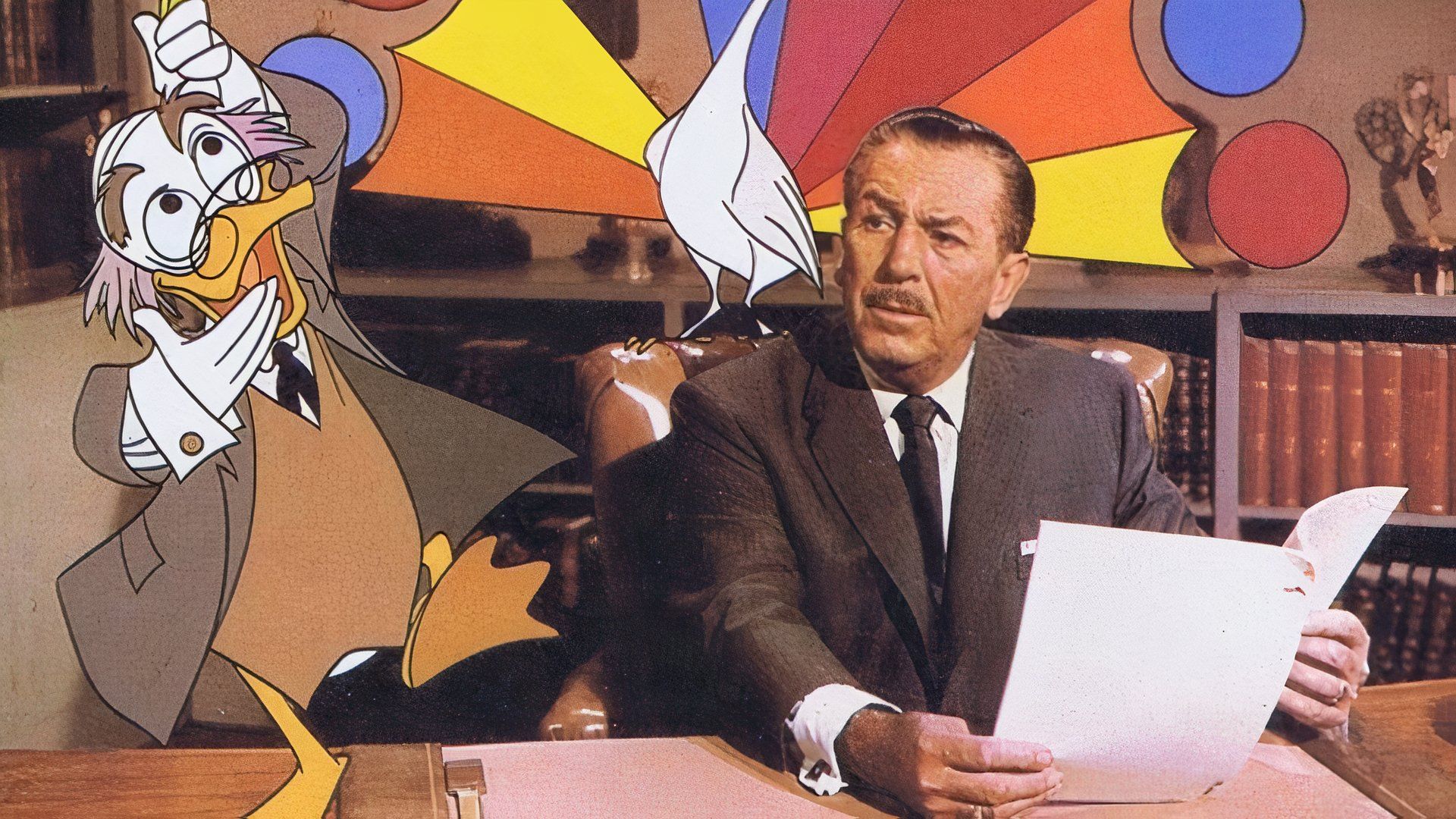
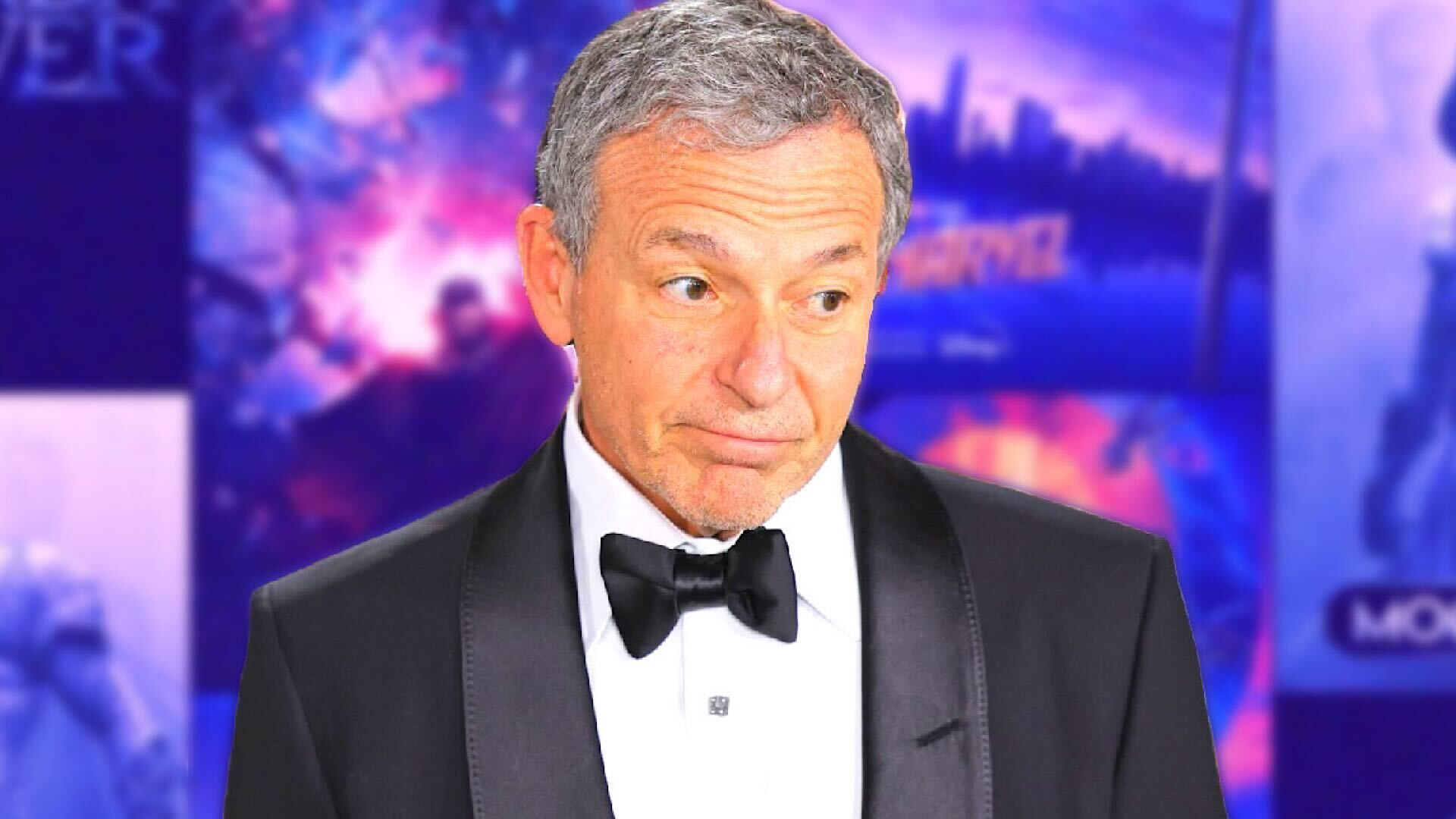
There’s a specific motive behind Disney and its CEO Bob Iger acquiring as many media franchises as possible and continuously producing sequels, remakes, and reboots. The primary motivation is financial gain, but it’s not just about money for Disney. It’s about the vision, the dream – a fundamental part of what defines Disney. Dreams are the heart of Disney, deeply ingrained in its corporate identity. This emphasis on dreams extended to Walt’s theme parks as well; he intentionally kept admission prices low so everyone could share his dream.
Walt Disney was known for a casual approach towards finances. He frequently surpassed budget limits and primarily depended on his brother Roy, who was the financial whiz of their venture, to gather funds that supported his creative pursuits and realized his visions. However, it is not advisable for Disney in 2024 to create movies with such disregard for costs. It’s clear that Hollywood isn’t the same as it once was; the movie industry and its viewers have undergone substantial transformations since Walt’s era.
However, today’s Disney seems more preoccupied with earning profits rather than fostering dreams; it appears more interested in expanding existing franchises with dedicated fanbases, leveraging nostalgia and excitement to pack the cinemas. Nevertheless, it is possible for producers to generate revenue while simultaneously creating quality, original films. The challenge is, Disney has been finding it difficult to achieve this balance recently.
Apart from Deadpool and Wolverine, recent Marvel movies have been met with criticism, largely due to a sense of superhero saturation and their lackluster quality. Disney’s acquisition of Lucasfilm has led to an excessive amount of subpar Star Wars content, which many feel is damaging the franchise. To date, they’ve had more strikes than home runs, with The Acolyte being their latest disappointment in a galaxy far, far away.
If Disney continues to produce unique, high-quality items, crowds will undoubtedly gather. As demonstrated by Frozen and Encanto, this is evidently the case. To rebuild its success, Disney should return to its origins and recall what initially propelled it forward. Not just a man or a mouse, but a dream that sparked it all.
Read More
- Grimguard Tactics tier list – Ranking the main classes
- Gold Rate Forecast
- 10 Most Anticipated Anime of 2025
- USD CNY PREDICTION
- Silver Rate Forecast
- Box Office: ‘Jurassic World Rebirth’ Stomping to $127M U.S. Bow, North of $250M Million Globally
- Mech Vs Aliens codes – Currently active promos (June 2025)
- Castle Duels tier list – Best Legendary and Epic cards
- Maiden Academy tier list
- All New and Upcoming Characters in Zenless Zone Zero Explained
2024-10-10 02:01